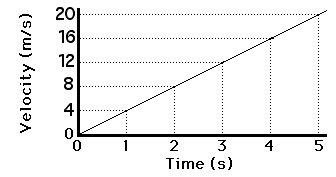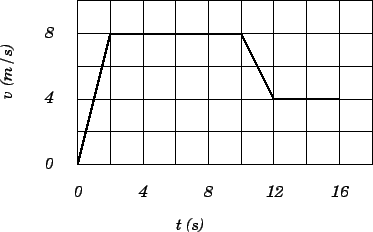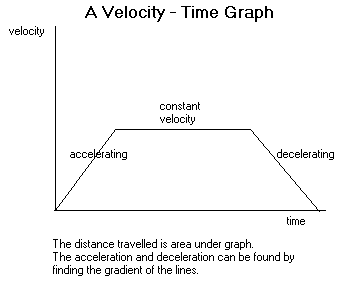
 2:8:1 Cl 2:8:7
2:8:1 Cl 2:8:7

Hydrogen bonding has a very important effect on the properties of water and ice. Hydrogen bonding is also very important in proteins and nucleic acids and therefore in life processes.
Welcome to my TEAS Exam Prep blog. I hope it will help you prepare very well for the pre-nursing entrance exam, popularly known as the TEAS exam. This is one of the entrance exams required by some schools for those who want to pursue careers in the nursing field in the USA. I will attempt to break down the review materials into manageable parts so that you can systematically and efficiently prepare for the test with less stress. I will guide you to prepare for the entire content of the test. Hopefully, you will be able to pass after going through these series.
Best of luck!
To support this blog and my effort to make more quality free educational videos you can make a donation by clicking on the link below. Together, we can change somebody's life one person at a time around the globe.
Become a Patron!

 2:8:1 Cl 2:8:7
2:8:1 Cl 2:8:7



| Variable | Symbol | Unit | Symbol |
| Voltage | V | Volts | V |
| Current | I | Ampere | A |
| Resistance Power | R P | Ohm Watt | Ω W |





PRACTICE 1 |
|
|
1
|
When
taking a patient’s pulse, one counts 23 beats in 15 seconds. How many times
will the patient’s heart beat in 1 minute
|
|
2
|
76.2 x 1.04
|
|
3
|
Divide 3.45 by 0.15
|
|
4
|
Write 5/7 as a decimal
|
|
5
|
A recipe requires 2½ cups of nonfat milk. A person already
has ¾ cup. How much more is needed?
|
|
6
|
Of the children coming into a clinic, 7.5% have a certain
condition, For every 150 children that visit the clinic, how many are
expected to have this condition?
|
|
7
|
A woman’s diet contains 75% of the recommended amount of
iron. If the recommended amount is 18 mg, how much more iron does she need to
meet this requirement?
|
|
8
|
The 6% sales tax on textbooks was $3.54. How much did the
textbooks themselves cost?
|
|
9
|
If 30% of a certain number is 120, what is the number?
|
|
10
|
Solve the following system of equations
3x + 2y = 16
4x + 2y = 24
|
|
11
|
A 3-oz serving of corned beef hash supplies 153 calories.
How many calories will be supplied in 5-oz serving?
|
|
12
|
You spent 1/5 of your salary for taxes, ¼ for rent, and
1/10 for movies. What fraction of your salary is left for other expenses and
savings?
|
|
13
|
If 65% of a student body of 2000 students passed a
mathematics examination, how many students did not pass?
|